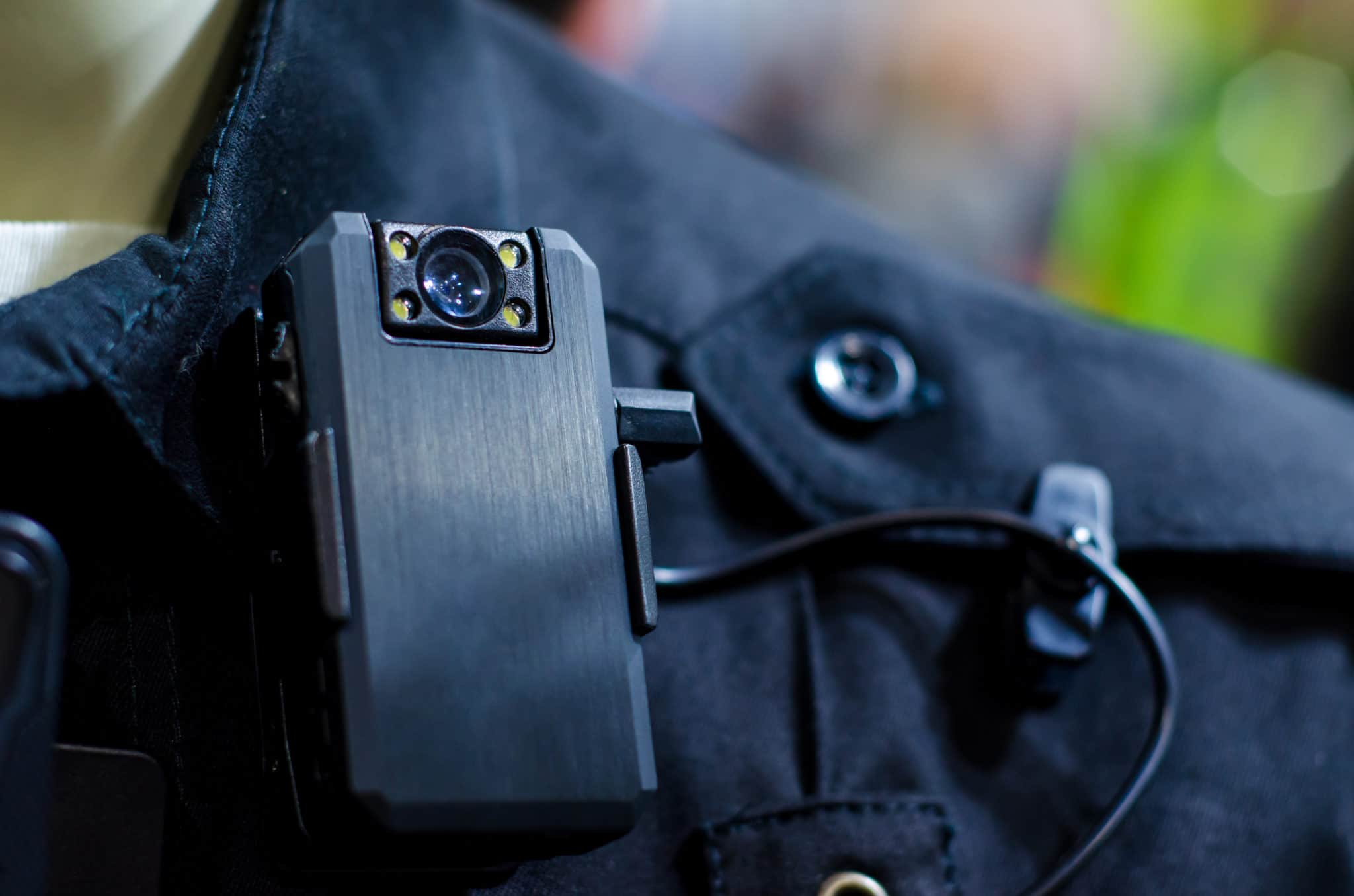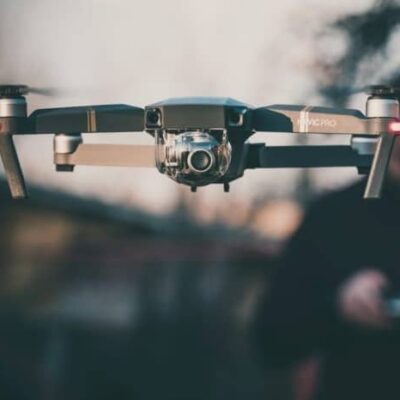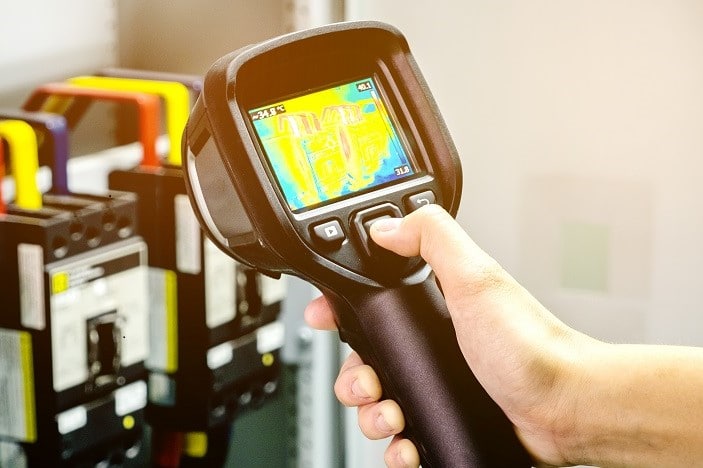Crawl Bots for Home Inspectors: Are they worth the investment?
By Alyssa Cink
Last Updated November 9, 2023
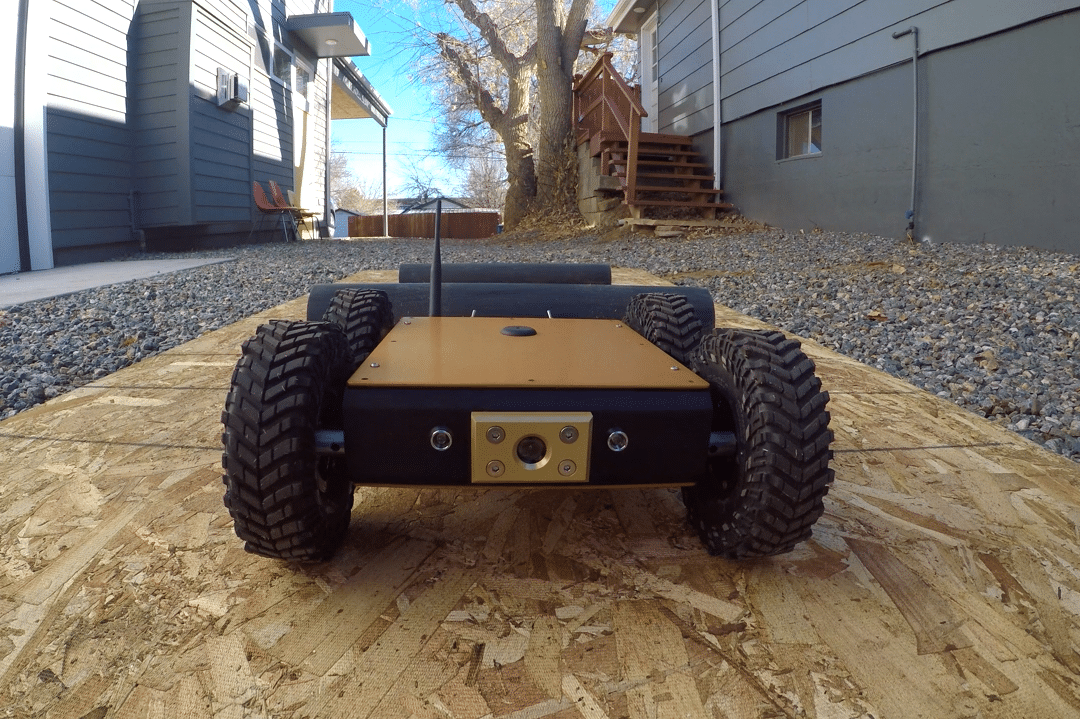
Crawlspaces aren’t exactly the highlight of a home inspector’s day. Stuffy, cramped, and poorly lit, these areas present a significant challenge. In fact, with some inspectors reporting hazards such as animals, exposed wiring, and toxins like mold and sewage, crawlspaces can be more than uncomfortable. They can be dangerous.
It isn’t surprising, then, that many home inspectors want to find an easier way to examine these spaces. The crawlspace robot has emerged, and, like any new tool, has brought with it a storm of questions. In this article, we address the advantages and disadvantages of using a crawl bot to help you decide if this technology is right for your business. We also offer suggestions for mitigating your risk while using a crawl bot.
Why Home Inspectors Use Crawl Bots
Crawlspace robots, also known as Crawl Bots or crawlers, are remote-operated, unmanned ground vehicles (UGVs) designed to capture photos and videos in otherwise inaccessible crawlspaces. Although newer to the inspection industry, this technology has a decades-long history in other fields, such as space, agriculture, mining, emergency response, and military.
When asked why they use robots to perform crawlspace inspections, the home inspectors we interviewed shared the following reasons:
1. They wanted to perform more crawlspace inspections.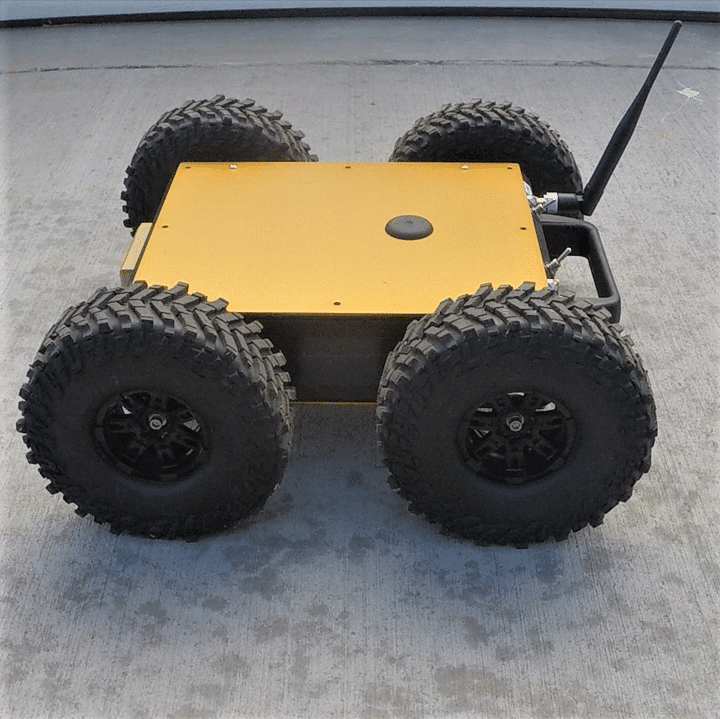
Certain limitations—like narrow entrances, dangerous or disease-carrying animals, and signs of airborne toxins—may prevent an inspector from personally inspecting crawlspaces. Thus, inspectors may worry about providing an incomplete service.
That concern is exactly why inspectors like Morgan Blau of Roof To Floor Home Inspection in Texas choose to invest in crawl bots. Between him and the bot, he rarely encounters a crawlspace he can’t access. This allows him to provide more thorough and consistent inspections.
“I try to provide the best service possible, as long as I am safe,” Blau said. “With the bot, I can get into more places.”
Todd Thuss of Integra Inspection Services LLC in Alabama felt a similar motive. In the rare situations where he couldn’t enter a crawlspace, he wondered about any defects or issues he may have missed by not inspecting it. He hoped a crawl bot would ease these concerns.
“There were just some crawlspaces that even a small guy like me couldn’t fit in,” Thuss said. “I was worried: What could I have overlooked? What lingering problems were back there that I just couldn’t see? I don’t like disclaiming things [when I don’t have to]. It just goes against the grain.”
2. They wanted to reduce exposure to harm.
Another reason for using a crawl bot is to reduce your direct exposure to uncomfortable and hazardous environments. For example, if wet crawlspaces or dangerous snakes are more common in your inspection region, you may prefer to observe these hazards from a distance—without skipping the crawlspace altogether.
“In this part of the country, [crawlspaces are] almost always wet and moldy. They’re not healthy places,” Thuss said. “But it’s such a critical place to inspect, and it’s really a locus of a lot of the problems that I see.”
Thuss also appreciates that he can easily disinfect his bot. Rather than worrying about his personal protective equipment (PPE) spreading crawlspace toxins on site or in his home, Thuss minimizes potential harm by cleaning his bot after using it to inspect the space.
3. They wanted a more efficient way to perform crawlspace inspections.
Navigating a crawlspace requires lots of multitasking. In addition to documenting observations and looking for safety concerns, you must do so while crawling on hands, knees, or elbows in tight spaces and extreme temperatures.
Thuss wanted a solution that would allow him to reach more of a crawlspace, and more comfortably.
“[Crawlspaces] can be physically demanding. The impetus was there for me to try to find a better way,” he said. “The machine…can really cover some ground pretty quickly.”
Crawl bots can also assist in providing higher quality footage with 360-degree view cameras, bright lights, and the ability to take pictures with an uninterrupted video feed. Although an added convenience for some, these features may introduce more issues than advantages for other inspectors.
Why Home Inspectors Choose NOT to Use Crawl Bots
Crawlers are not ideal for every home inspector. They’re a newly emerging technology, and they don’t have tried and tested models or years of research to fall back on. For many in the industry, the benefits of using a crawl bot do not outweigh the potential costs.
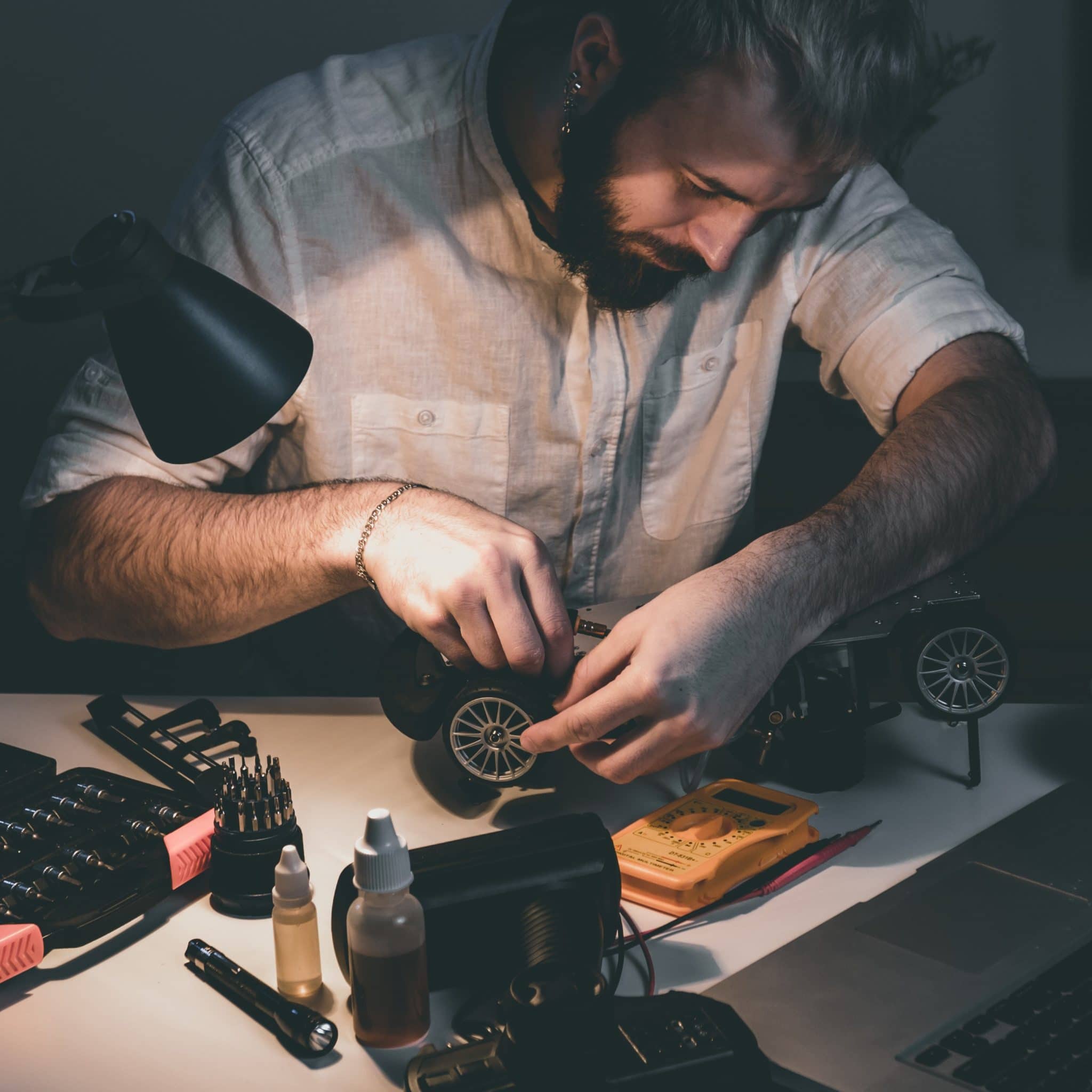 1. Crawl bots can be expensive.
1. Crawl bots can be expensive.
When it comes to crawlers, price is one of the most common reservations inspectors have. That’s because high-end bots, much like drones, can be expensive to purchase and replace. This can be particularly true if the inspector rarely uses it.
“I think a crawl bot is worth it for an owner-operator as a market differentiator. But it may not be a useful tool for most inspectors,” said Mike Leggett of The BrickKicker of Georgia. “They are expensive, and I could see them being one of those tools that sits in your truck and has a dead battery the day you actually need it.”
The average crawler ranges from $70 to $100 on the lower end and $3,000 to $5,000 on the higher end. Expense largely depends on whether you purchase a base model or a ready-to-ship crawler and how advanced the bot’s features are.
For inspectors with a knack for hardware, building from a base model is a great option. By purchasing a pre-made platform and customizing it yourself, you can build to your preferences and save money. Alternatively, ready-to-ship crawlspace bots come ready to use and don’t require the technical skills to assemble. For many inspectors, that convenience is worth the hefty price tag.
Footage storage, too, can be expensive. Depending on how long you run your crawler during a given inspection, the video files may be large, and your computer may be unable to store the footage for extended periods of time. Thus, you may need to invest in additional storage solutions, such as external hard drives or cloud storage.
Once recorded and stored, how long should you keep your crawl bot footage? Claims professionals urge home inspectors to keep inspection assets—including videos—for a minimum of five years. For more information about storing your videos, read our article.
2. The technology has too many limitations.
Another common reservation is that UGV technology is not advanced enough to navigate crawlspaces reliably or to gather the information needed for a thorough report. Inspectors like Gary Youness of House to Home Complete Structure & Property Inspections in Michigan argue that bots are likely to get stuck while attempting to cross obstacles, like large pipes, debris, or ledges. Chuck Lambert of Sunrise Inspection Services in California agrees, adding that operating the bot in reverse can exacerbate inspectors’ vulnerability to obstructions.
“As the vehicle is moving away from you, everything’s fine. But when it starts moving towards you, everything’s reversed. A lot of people don’t realize that, and that’s how they get tangled up with the cables, the wires underneath the building, [and from] crawling over plumbing pipes,” Lambert said.
Additionally, bots may lose signal or have limited vantage points, requiring home inspectors to either disclaim the area or crawl the space themselves.
3. Inspectors do a better job.
Many inspectors also make the point that crawl bots cannot, and should not, replace an in-person crawlspace inspection.
“I like the idea [of crawl bots]. But being able to really look around and poke at stuff makes a world of difference to knowing and understanding what is going on under the house,” said David Fields of the Pillar To Post Fields Team in Georgia.
John Wagner of House to Home Inspections, Inc in Washington has similar concerns.
“Until a crawl bot can pull aside insulation under the toilet, you still have to go down there. So, it probably isn’t worth the investment,” Wagner said.
Limiting Your Liability against Crawl-Bot-Related-Claims
Since crawlers are new to the inspection industry, there isn’t much claims data to definitively indicate best practices. However, based on risk management techniques for other types of claims, we can provide some educated guidance on how to use crawl bots safely.
Inspect the crawlspace yourself whenever feasible.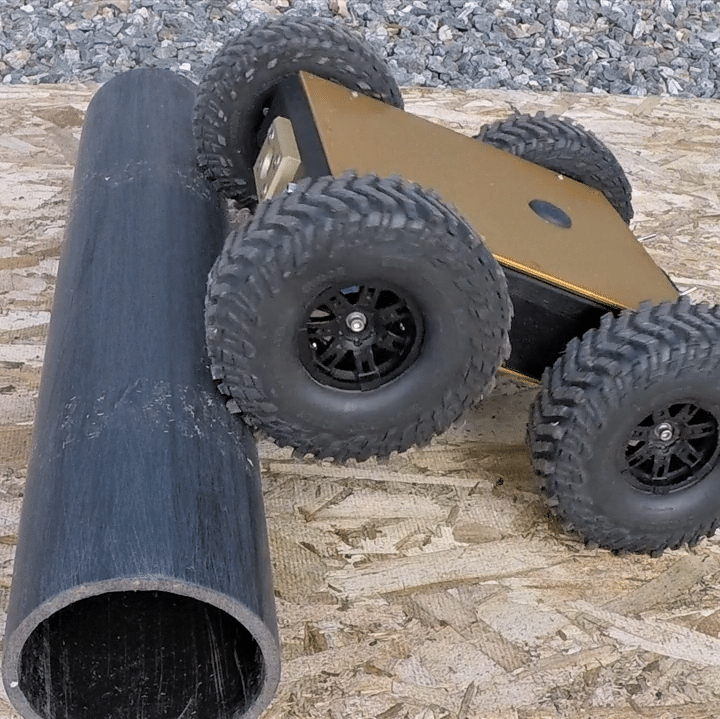
Before sending in your crawl bot, scan the area and determine if the terrain will be appropriate, Thuss recommends. And don’t allow the bot to replace your presence. Strive to enter the crawlspace yourself whenever possible, as the bot could miss important defects.
“You have to be cautious about your own limitations. Because when you’re down there [in person], you can see a fairly wide field of view,” Thuss explained. “It’s not going to be as easy with these machines.”
Bots don’t possess the ability to hear running water or burning electrical systems. Nor can they smell potential hazards like gas leaks. Plus, Lambert noted, if an expensive crawler gets stuck or the batteries die, it may be challenging to retrieve it. Either way, he would still have to worry about performing the crawl himself. And the likelihood of the bot becoming stuck may increase for inspectors with less experience operating remote-controlled (RC) cars in challenging environments.
If you’re unable to access the crawlspace, document that in your report. Cite the reason why you were unable to inspect, and, whenever possible, take a photo to prove it. (Learn more about why and how here.) In case a claim does arise later, you need your report to clearly state what you could or couldn’t see on the day of the inspection.
Practice and prepare.
The inspectors we interviewed recommend preparing your equipment ahead of time. Charge and pack extra batteries the night before. If you haven’t used many RC or UGV tools in the past, consider practicing in your own, friends’, and families’ homes until you’re familiar with the controls. And, as other inspectors have said, remember that this technology is not perfect. It won’t catch everything, and you won’t be able to use it for every crawlspace.
“It’s all about…trying to keep the claims to an absolute minimum and doing the absolute best job. I think this is a great example of how technology can help a little bit with that,” Thuss said. “But it’s like anything; unfortunately, it’s not 100 percent.”
Don’t release the footage to clients.
A crawler can only record what its cameras are facing. As a result, they may provide an incomplete picture of what you’re seeing. Without your insight, your client may not be able to contextualize the footage.
Additionally, you’re not perfect. Even the best inspectors can make mistakes. If your crawl bot captures an issue you missed, it could be used against you in a court of law. And there’s nothing you can put in your pre-inspection agreement to prevent clients from using your own footage against you.
While the footage would be discoverable—or usable—in litigation, you’re not required to share the footage unless you’re getting sued. Thus, we recommend not releasing the footage to clients unless you’re required to as part of a lawsuit.
If you do include the footage in your report, we recommend narrating the footage. This way, your clients will have context to what you’re seeing and doing. Also, make sure that you review the video post-inspection. A review will give you a second chance to see something you might have missed.
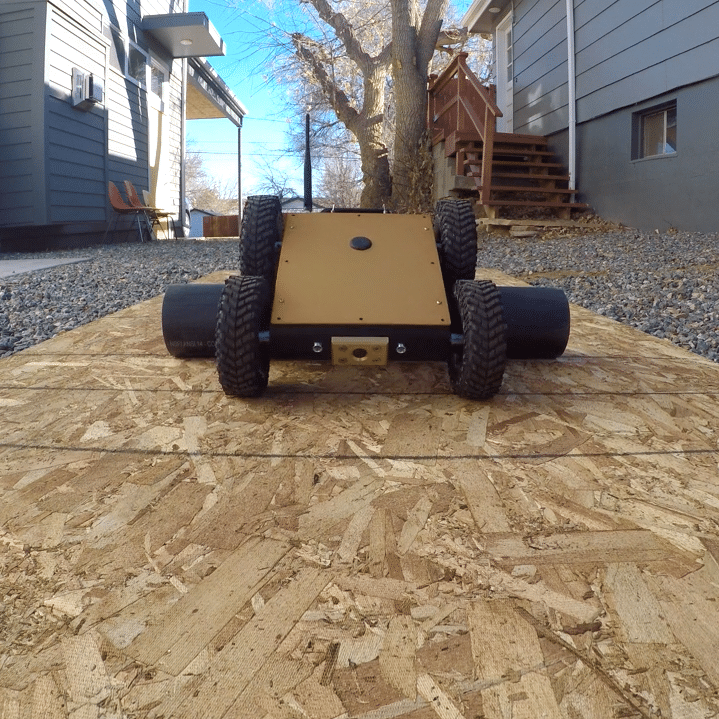 Add equipment coverage to your insurance policy.
Add equipment coverage to your insurance policy.
Formally known as inland marine coverage or a commercial property floater, equipment coverage insures your inspection tools and equipment—like your crawl bot. Many equipment insurance policies cover physical loss or damage caused by perils, such as falling objects, fire, sink hole collapse, vandalism, vehicles, and water damage.
Unlike standard property insurance, equipment coverage protects your tools and equipment regardless of their location. This is important since, rather than housing your bot in an office, you’re driving it during inspections.
In most cases, equipment coverage for home inspectors reimburses you for the replacement cost of your stolen or damaged equipment or tools. Oftentimes, coverage extends to not just items you own but also to items you lease or rent.
Read our article to learn more about this coverage and how to acquire it. Or, to see what perils are covered in your inland marine or equipment insurance, review the Conditions and Definitions sections of your policy.
Using Bots for Crawlspace Inspections
Do you encounter many inaccessible crawlspaces in your area? And do you still want to provide clients with a thorough inspection when the crawlspace is inaccessible?
If you answered “yes” to any of these questions, then it may be time for your company to invest in a crawlspace robot.
Note: This article was partially edited for clarity on December 29, 2021. It also appeared in the February 2022 issue of the ASHI Reporter, which is available to ASHI members in print and online.


